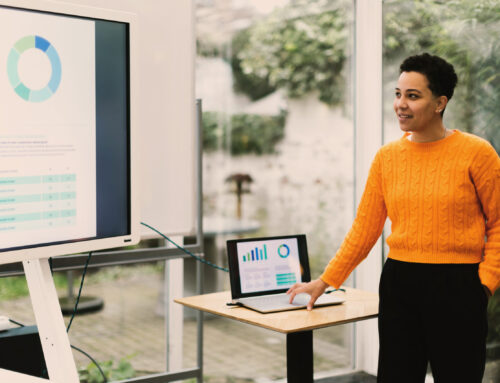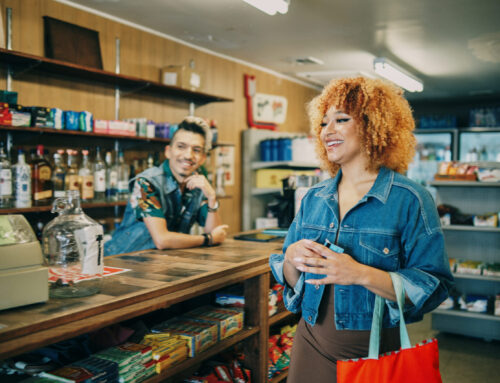It’s easy to find data on all sorts of consumer trends in alcoholic beverages, from insights on how the pandemic impacted sales to what products are gaining popularity, often with breakdowns by age, gender, and other demographic information. One data point you won’t see represented in these consumer reports is how much of these sales can be attributed to underage consumption. A recently published study by researchers at UNC Chapel Hill, Johns Hopkins University and Boston University is one of the few to capture how much money is made from youth alcohol consumption. The study found the tab for underage drinkers came to $17.5 billion, or 8.6 percent of the alcoholic drinks sold in 2016. Despite the alcoholic beverage industry’s stated commitment to reducing underage drinking, it is clear that there is a significant financial benefit of illegal sales to minors.
With the industry’s efforts to ensure alcohol is available and marketed everywhere we look, it’s no real surprise to hear of its desirability among underage drinkers. Convenience stores, grocery stores, and mass merchandisers account for a majority of retail sales for beer and malt beverages – all places easily accessible to youth under the age of 21 – leaving plenty of opportunities for regular exposure to alcohol marketing and promotions. The impacts of the exposure to alcohol advertising on youth closely mirror those found for tobacco, including initiation or continuation of use, and brand recognition or brand preference. Additionally, youth who are exposed to alcohol advertisements perceive alcohol consumption to be more common among their peers. With alcohol easily accessible, this advertising is often visible in close proximity to areas with a high concentration of youth, such as schools or parks. Similarly, a high concentration of alcohol retailers, or a high alcohol outlet density, has associations with increased alcohol consumption leading to a number of public health and safety concerns, such as violence, traffic crashes, and property damage.
What can we do to protect the youth in our communities? According to the CDC, there are several evidence-based strategies that has the potential to reduce underage consumption by directly targeting the retail environment:
- Regulate alcohol outlet density. Licensing and zoning restrictions can be used to limit the number or concentration of alcohol retailers in an area.
- Increase alcohol taxes. Alcohol taxes may include excise, ad valorem, or sales taxes, all of which affect the price of alcohol. Taxes can be levied at the federal, state, or local level on beer, wine or distilled spirits.
- Enhanced enforcement of laws prohibiting sales to minors. An enhanced enforcement program initiates or increases compliance checks at alcohol retailers (such as bars, restaurants, and liquor stores).
Want to learn more about the alcohol retail environment in your community? Counter Tools can help! Contact [email protected] for more information on how to assess the retail environment, map alcohol outlet locations, measure alcohol outlet density, and formulate policy solutions.





